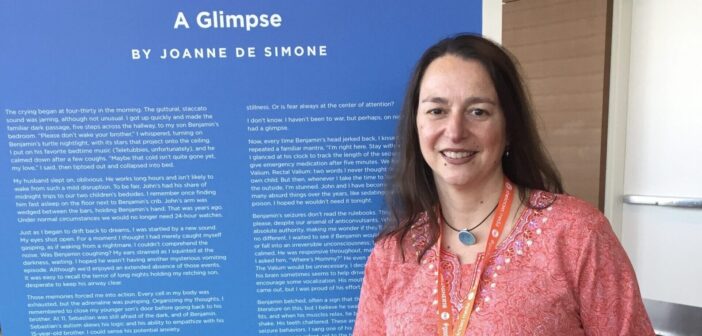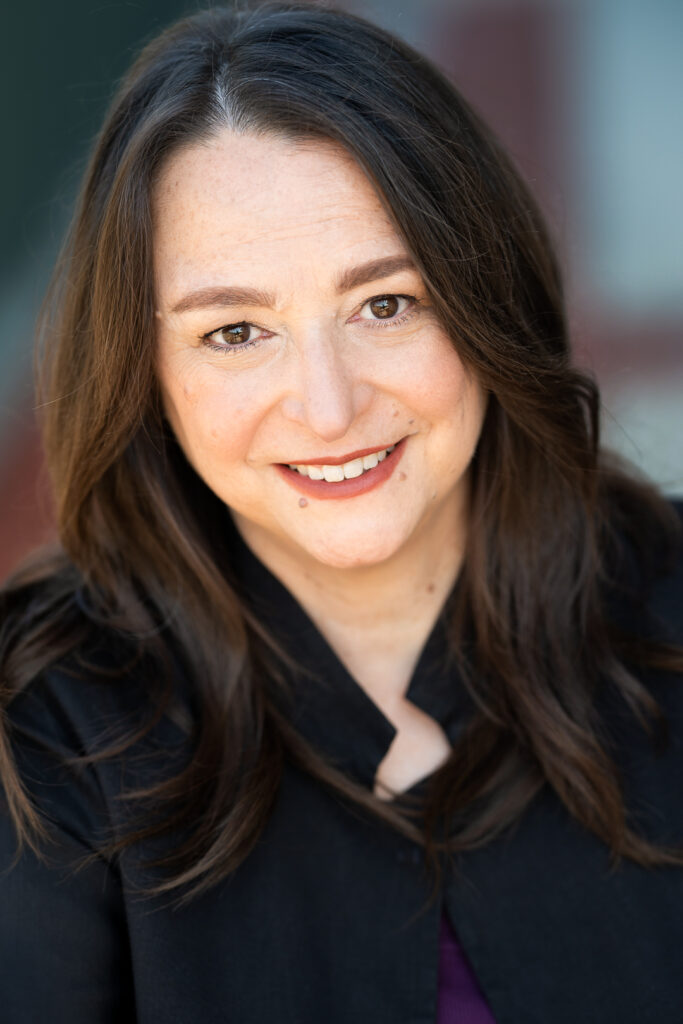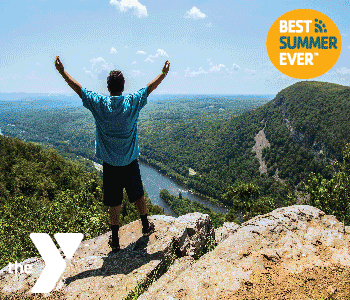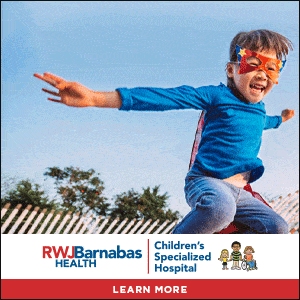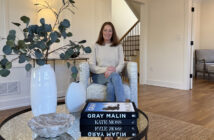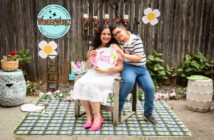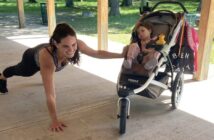Joanne De Simone, our NJ Mompreneur of the Week, has degrees in dance and special education but never thought she’d use both to help her navigate her life. When her first child was born with a life-limiting brain malformation, and her second was diagnosed on the autism spectrum, she realized that she was better prepared to face these challenges than most. Hoping to help others, she became a special education advocate and a published author with work appearing in several publications, including the Washington Post, The Huffington Post, Brain, Exceptional Parent Magazine, and more. But it’s Joanne’s latest project that’s her most personal—her memoir, Fall and Recovery: Raising Children with Disabilities through Lessons Learned in Dance, is an honest and unflinching portrayal of a mother trying to balance medical and educational challenges and how the lessons she learned through modern dance are pertinent to her life and struggles. We caught up with her to find out what prompted her to write her book, the dance lesson that helps her practice mindfulness, and the Essex County Park where everyone in her family can get outside and enjoy the surroundings.
Tell us about your family. My husband, John, and I both grew up in Brooklyn, where we had the boys. Both of our sons were born with disabilities. Benjamin, 25, was diagnosed with Lissencephaly, a life-limiting brain malformation that makes him dependent on us for everything. He doesn’t walk, talk, or use his hands, but he is the most joyful person in the family and enjoys being read books out loud and participating in dance parties. Our younger son Sebastian, 21, was diagnosed with autism. He has some language delays, processes everything very slowly, and has some social skill issues, but he still has many social connections. In 2008, we moved out of Brooklyn so Sebastian could have a better educational experience. We had friends in West Orange; through them, we knew the Special Education services there had a good reputation, and we were right. When Sebastian was in middle school, he made an effort to have more social connections and devised a plan to start running. He worked very hard, and when he got to high school, the coach welcomed him to the cross-country and track teams. He felt a sense of belonging, set goals and accomplished them, and even made the Varsity team. That was such a great group of kids–they saw his dedication and progress and respected, valued, and treated him like everyone else. They still gather at our home in the summer. Now, he’s in a special integrated studies program at a college in Pennsylvania, and he still runs.
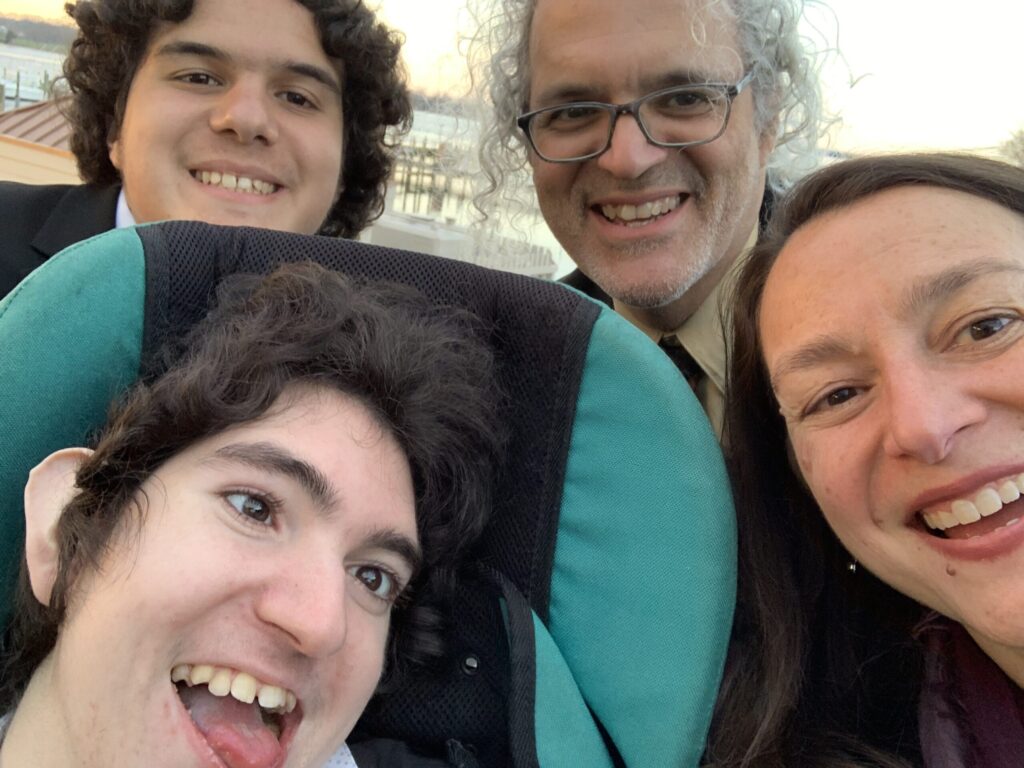
Our NJ Mompreneur of the Week, Joanne De Simone, with her husband, John, and sons, Sebastian (top left) and Benjamin (bottom left).
Your book, “Fall and Recovery,” is being released this September. Why was it important to you to write this particular book? While editing the manuscript, I wrote a piece for Brain Child Magazine, “Bury My Son Before I Die,” that went viral. I wrote it because I went from worrying about Benjamin dying to worrying about him outliving my husband and me. After the article came out, I heard from so many parents—one in particular wrote to me and said for the first time she didn’t feel like a monster for having these thoughts. It crushed me that so many other parents were having these very normal thoughts and shaming themselves about feeling the way they did. Sometimes in life, things don’t have a happily ever after—I certainly couldn’t relate to those types of books, and the feedback I received from that article made me realize what my book needed to be about and is a big reason why I dove into the conflict in such a brutally honest way.
Is there a particular life lesson learned from your dance background that you find most useful today? One very useful lesson I learned from a teacher at Hunter College was to live in the movement. He’d demonstrate this lesson by gliding his hand across from him as if he was touching water. The process of slowing down what you’re doing and focusing on each movement translates to paying attention to each moment that I have—it’s like mindfulness. In life, I have always been a planner and a scheduler, always looking far ahead. This lesson reminds me to take one moment at a time and focus on what’s happening in that moment instead of what might happen in the future. When Benjamin was an infant, the average lifespan of someone with Lissencephaly was only 2 years old, so this message was particularly important then because we didn’t know how much time we would have with him.
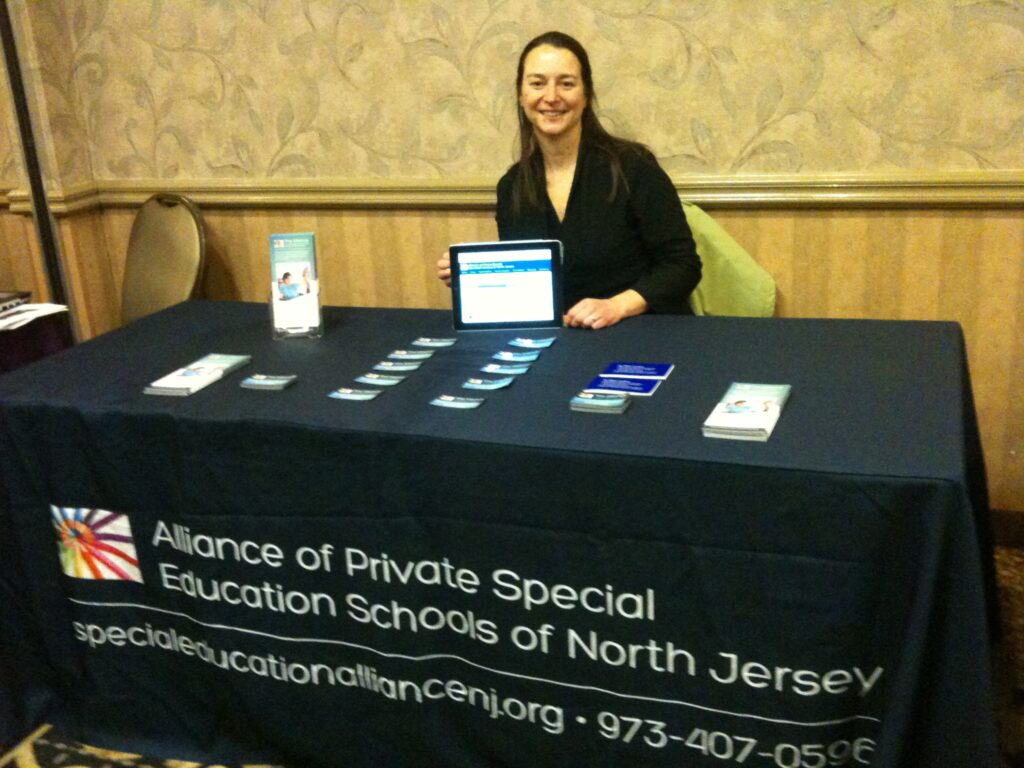
Joanne De Simone, at a conference, got the word about the Alliance of Private Special Education Schools of North Jersey, the non-profit she works for.
Regarding special education advocacy, how do you help other parents navigate the special education system, and what’s your best advice for them? In my role as a special education advocate at a non-profit, I assist parents in understanding their rights and how they can advocate for themselves. I also help them navigate the process with their school districts by reviewing Individualized Education Programs (IEPs) and educational assessments in order to prepare them for meetings as well as assisting parents and school districts to find suitable out-of-district placement.
The best advice I can offer is to educate yourself so that you know the process and your rights. It’s the only way you can go to the table feeling like you’re an equal team member. For many, I’m just an ear—sometimes people need to vent, but mostly, I’m a cheerleader helping parents realize they have what it takes to advocate for themselves and their families when they feel like giving in. It’s also a good rule of thumb not to be too aggressive so that everyone else becomes defensive–you want to be the person they want to do business with. And lastly, seek out the most sympathetic ear to help you make the change you wish to.
What does a typical day look like for you? Like most working moms, my days differ depending on the schedule, but certain things stay consistent day in and day out, just like any full-time mom of a younger child. That is because Benjamin is fully dependent on us for everything. He has a feeding tube, and there’s a lot of micromanaging his medical needs. It is a lot to do without help, but it’s worth it for us to know Benjamin is safe and happy. In the past, we tried a day program, but when he came home hurting one day, and they had no idea why he was so uncomfortable, we knew he’d be better off with us.
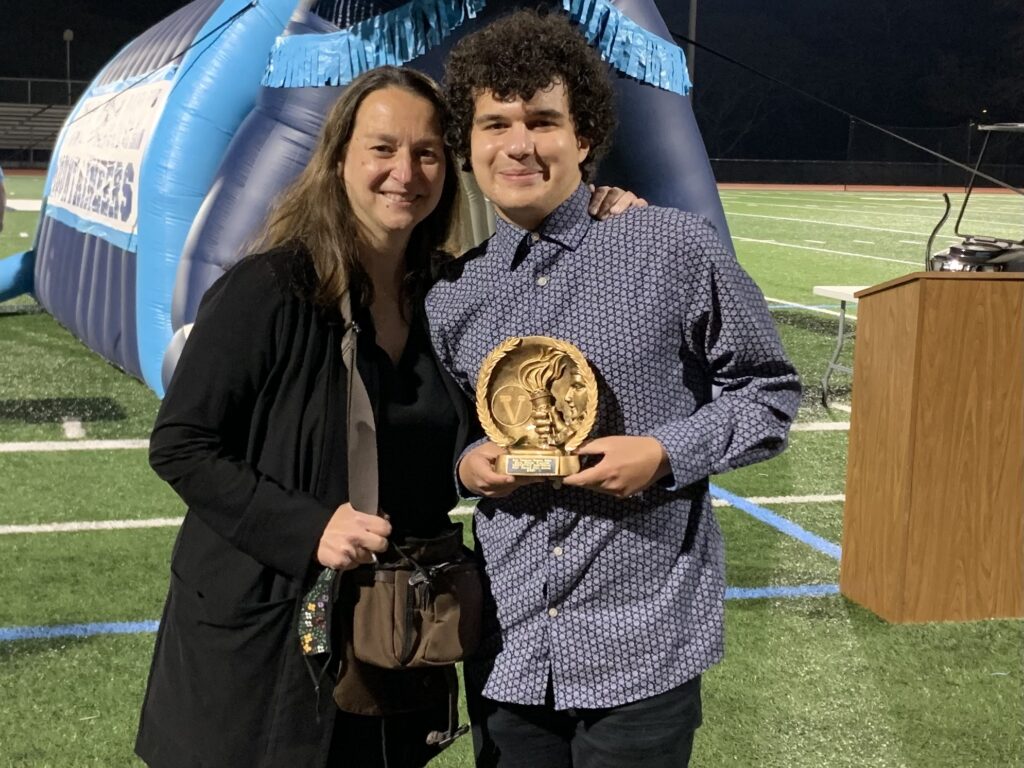
Joanne De Simone with Sebastian at a senior awards night at his high school, West Orange High School, in 2021.
What are some NJ spots that you and your family most enjoy? It’s hard to find things we can all do together, so food is always a good choice. The Ritz Diner in Livingston is a family favorite. They have the best egg and cheese sandwiches and the best home fries ever. Ask Sebastian, and he’ll say the Chit Chat Diner‘s Big Fat Chocolate Cake–it’s his favorite thing in the world. Also, I’m so thankful for Ethan and the Bean and [words]Bookstore—both do great things for the disabled community. And we find being outdoors really helps us relax, so the South Mountain Reservation is great for our family. There are some paved paths that we can bring Ben and walk with him, and Sebastian can ride his bike there, too.
What’s your best practical advice for a mompreneur just starting? Whenever I start something new, I like to write down all my ideas about it and see what’s at the heart of it. I talk with my close friends and family, which helps me get to what’s lighting that fire in me. Then, when I’m moving towards accomplishing my goal, I like to look back to rediscover what I wrote—it reignites that initial inspiration and keeps me moving forward with excitement and purpose.
For more information on Joanne DeSimone or to preorder Fall and Recovery: Raising Children with Disabilities through Lessons Learned in Dance, please see her website, Facebook, and Instagram pages.

